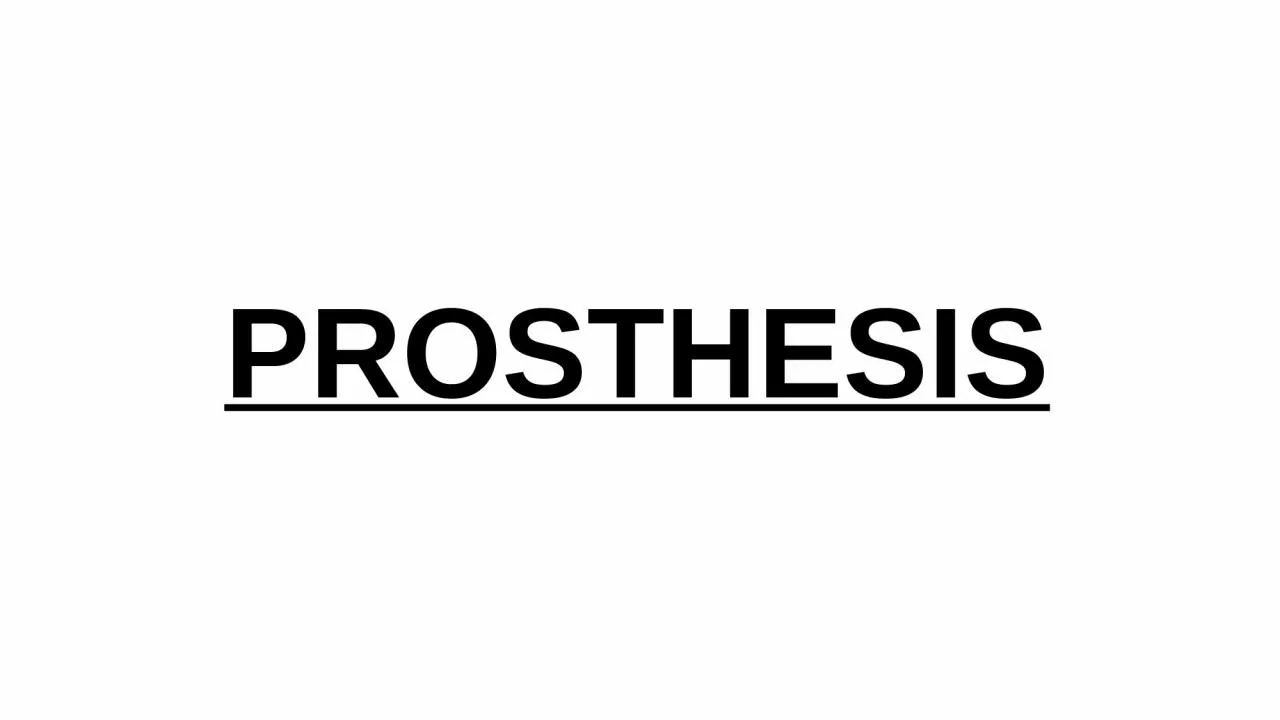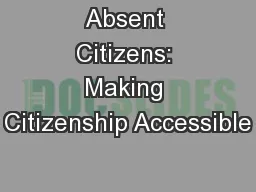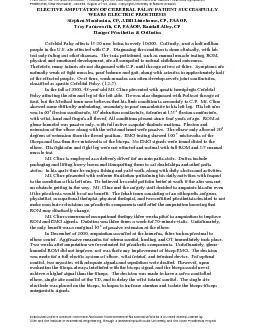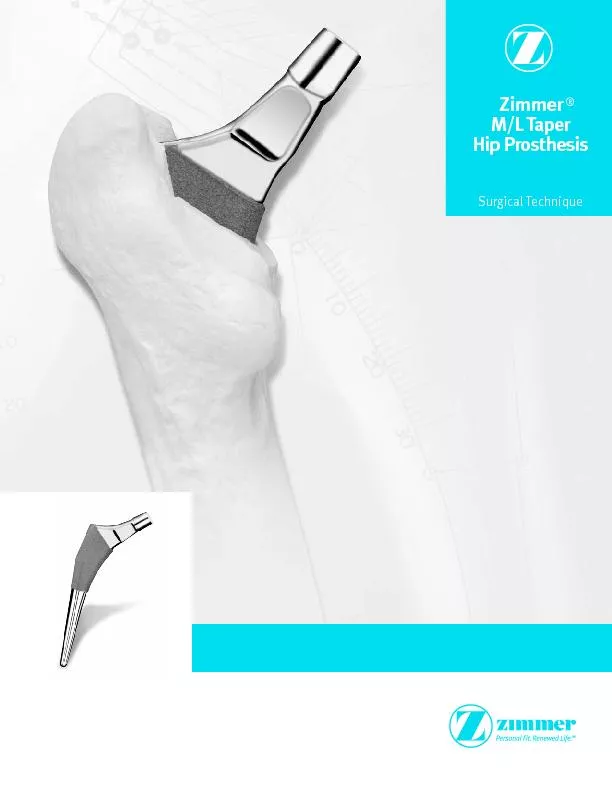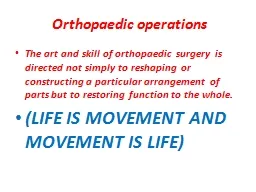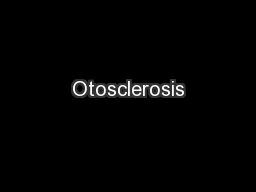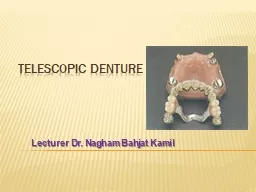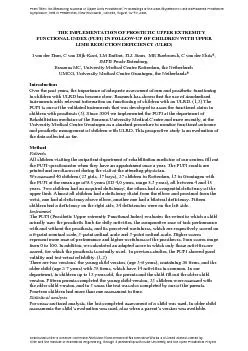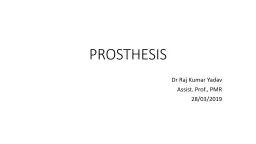PPT-PROSTHESIS INTRODUCTION Used to replace a missing limb or provide functions of an absent
Author : phoebe | Published Date : 2023-07-28
Replaced organ must be functional and cosmetically ideal It must perform its purpose Must be easy to maintain It must be comfortable for the patients and easy to
Presentation Embed Code
Download Presentation
Download Presentation The PPT/PDF document "PROSTHESIS INTRODUCTION Used to replace ..." is the property of its rightful owner. Permission is granted to download and print the materials on this website for personal, non-commercial use only, and to display it on your personal computer provided you do not modify the materials and that you retain all copyright notices contained in the materials. By downloading content from our website, you accept the terms of this agreement.
PROSTHESIS INTRODUCTION Used to replace a missing limb or provide functions of an absent: Transcript
Download Rules Of Document
"PROSTHESIS INTRODUCTION Used to replace a missing limb or provide functions of an absent"The content belongs to its owner. You may download and print it for personal use, without modification, and keep all copyright notices. By downloading, you agree to these terms.
Related Documents

